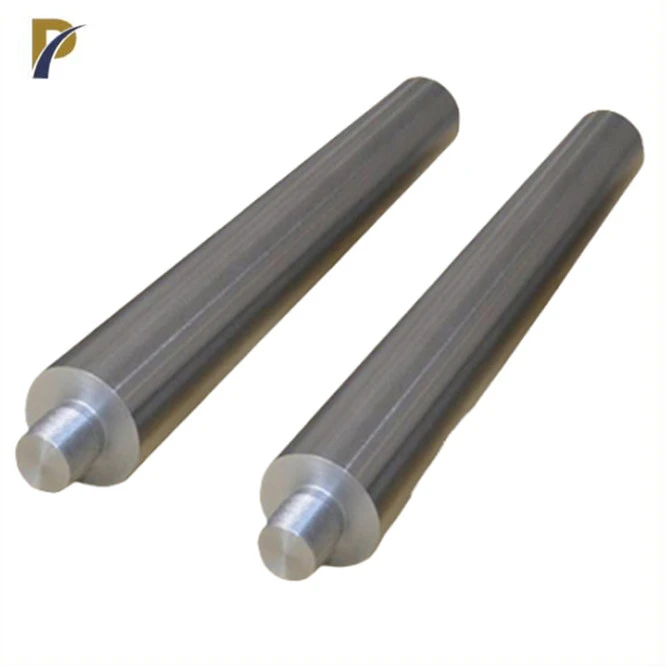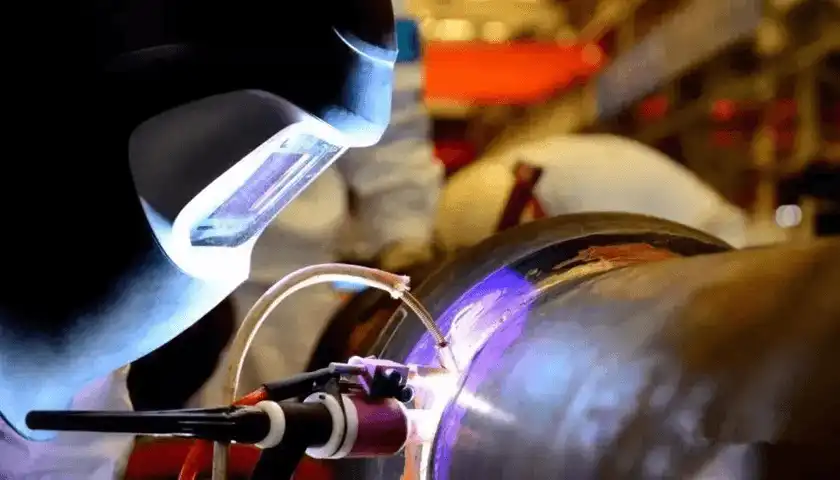Understanding Molybdenum Welding Electrodes
Composition and Properties of Molybdenum Electrodes
Molybdenum welding electrodes are crafted from high-purity molybdenum, a refractory metal known for its exceptional heat resistance and strength at elevated temperatures. These electrodes typically contain over 99.9% molybdenum, with trace amounts of other elements carefully controlled to maintain optimal performance. The unique properties of molybdenum, including its high melting point of 2,623°C (4,753°F) and low thermal expansion coefficient, make it an excellent choice for welding applications that require stability at extreme temperatures.
Advantages of Using Molybdenum Electrodes
The use of molybdenum welding electrodes offers several distinct advantages. Their excellent thermal stability allows for consistent arc performance even at high temperatures, reducing the risk of electrode degradation during prolonged welding sessions. Additionally, molybdenum's low electrical resistance facilitates efficient current flow, resulting in smoother arc initiation and improved control over the welding process. These electrodes also exhibit minimal tip erosion, contributing to longer service life and reduced frequency of electrode replacements.
Common Applications for Molybdenum Electrodes
Molybdenum welding electrodes find extensive use in specialized welding applications across various industries. They are particularly valuable in the aerospace sector for welding heat-resistant alloys used in jet engine components. In the nuclear industry, these electrodes are employed for welding refractory metals used in reactor vessels and fuel assemblies. Furthermore, molybdenum electrodes are utilized in the electronics industry for precision welding of small components and in research laboratories for experimental welding of exotic materials.
 |
 |
Preparing for Welding with Molybdenum Electrodes
Safety Precautions and Protective Equipment
Before initiating any welding process with molybdenum electrodes, it's crucial to prioritize safety. Welders should don appropriate personal protective equipment (PPE), including a welding helmet with the correct shade lens, heat-resistant gloves, and flame-resistant clothing. Adequate ventilation is essential to mitigate the risk of inhaling potentially harmful fumes. It's also advisable to use a fume extractor to capture and filter welding fumes at the source. Given the high temperatures involved, ensuring a clear workspace free from flammable materials is paramount.
Selecting the Right Molybdenum Electrode
Choosing the appropriate molybdenum welding electrode is critical for achieving optimal welding results. Factors to consider include the electrode diameter, which should be selected based on the welding current and material thickness. Generally, thicker materials and higher currents require larger diameter electrodes. The electrode's length and taper also play roles in arc stability and accessibility to the weld joint. For specialized applications, consider electrodes with specific alloying elements or surface treatments that enhance performance for particular materials or welding conditions.
Setting Up Your Welding Equipment
Proper equipment setup is essential for successful welding with molybdenum electrodes. Ensure your welding power source is capable of delivering the required current and voltage for your specific application. DC welding is typically preferred when using molybdenum electrodes, with the electrode connected to the negative terminal (DCEN) for most applications. Adjust your welding machine settings, including current, voltage, and gas flow rate, according to the material being welded and the electrode specifications. It's advisable to perform test welds on scrap material to fine-tune your settings before commencing work on the actual project.
Welding Techniques with Molybdenum Electrodes
Arc Initiation and Maintenance
Initiating and maintaining a stable arc with molybdenum welding electrodes requires finesse and attention to detail. To start the arc, use a high-frequency start or lift arc technique to minimize the risk of tungsten inclusions in the weld pool. Once the arc is established, maintain a consistent arc length, typically about 2-3 mm, to ensure optimal heat transfer and arc stability. The high melting point of molybdenum allows for a more concentrated arc, enabling precise control over the weld pool. Pay close attention to your hand movements and electrode angle to maintain arc stability throughout the welding process.
 |
 |
Optimizing Welding Parameters
Achieving high-quality welds with molybdenum electrodes necessitates careful optimization of welding parameters. Adjust your welding current based on the material thickness and joint configuration, typically using lower currents for thin materials and higher currents for thicker sections. The welding speed should be carefully controlled to ensure adequate penetration without overheating the workpiece. Gas flow rate and composition are critical; use high-purity inert gases like argon or helium to protect the molybdenum electrode and weld pool from oxidation. Experiment with different shielding gas mixtures to find the optimal balance between arc stability and weld quality for your specific application.
Addressing Common Challenges
While welding with molybdenum electrodes offers numerous advantages, it also presents unique challenges. One common issue is electrode contamination, which can occur if the electrode comes into contact with the weld pool or workpiece. To mitigate this, maintain proper arc length and electrode angle, and avoid dipping the electrode into the weld pool. Another challenge is the potential for oxidation of the molybdenum electrode at high temperatures. Ensure adequate shielding gas coverage and consider using a gas lens to improve gas flow distribution. If welding in multiple passes, allow sufficient cooling time between passes to prevent excessive heat buildup in the electrode.
Conclusion
Mastering the art of welding with molybdenum electrodes opens up new possibilities for tackling challenging welding applications. By understanding the unique properties of molybdenum, implementing proper safety measures, and honing your welding techniques, you can achieve exceptional results in high-temperature and specialized welding scenarios. Remember that practice and continuous learning are key to perfecting your skills with these advanced electrodes. As you gain experience, you'll discover the full potential of molybdenum welding electrodes in pushing the boundaries of what's possible in welding technology.
Contact Us
For more information about molybdenum welding electrodes and other non-ferrous metal products, don't hesitate to reach out to our team of experts. Contact us at info@peakrisemetal.com to discuss your specific welding needs and discover how our high-quality products can enhance your welding processes.
